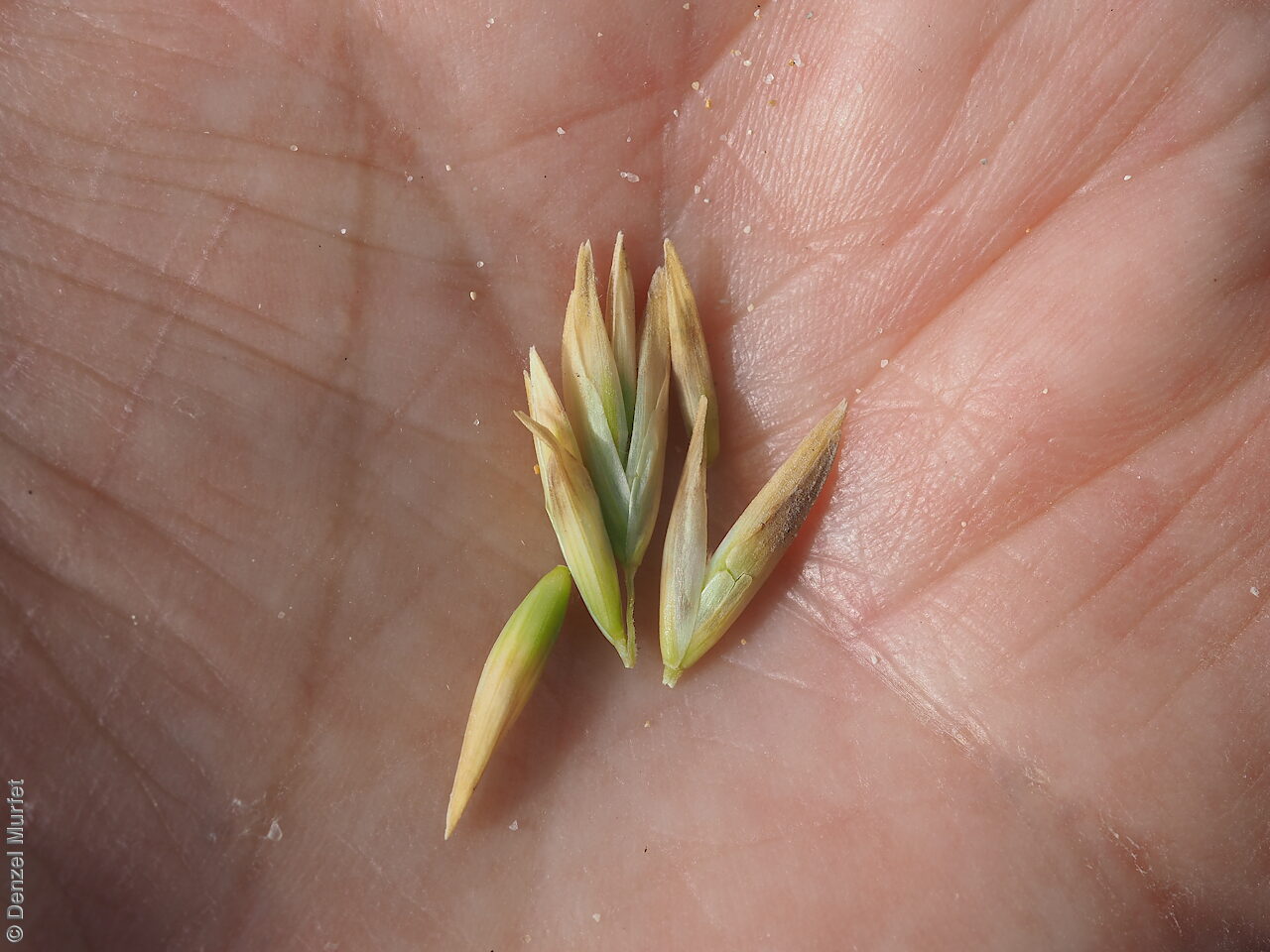












Botanical art
Prior names
Schedonorus billardierianus, nom.illeg.
Arundo triodioides, nom.illeg.
Schedonorus littoralis
Festuca littoralis
Etymology
Austrofestuca from the Latin 'auster' meaning south and the genus Festuca, referring to the genus being allied to Festuca but restricted to Australia. Littoralis from Latin meaning of or pertaining to the sea-shore, referring to its habitat on sand dune, salt marsh or river bank.
Distribution and status
Found along the coast on the western Eyre Peninsula, Kangaroo Island, southern Mount Lofty Ranges and the South-east in South Australia, growing on coastal sand dunes. Also found in all states except for the Northern Territory and Queensland (known in other states as Poa billardierei). Native. Common in South Australia. Common in the other states.
Herbarium regions: Eyre Peninsula, Yorke Peninsula, Southern Lofty, Kangaroo Island, South Eastern, Green Adelaide
NRM regions: Adelaide and Mount Lofty Ranges, Eyre Peninsula, Kangaroo Island, Northern and Yorke, South East
AVH map: SA distribution map (external link)
Plant description
Glabrous, coastal perennial grass to 60 cm high, forming a tussocks but with an erect, branching rhizome. Leaf-blades closely folded, subterete, to 50 cm long and 1 mm diameter, smooth on the outer surface, densely scabrous, pubescent within, pungently pointed at the apex. Inflorescence spike-like anicle to 10 cm long, overtopped by leaves. Flowering between August and February. Fruits pale straw-coloured; glumes subequal, to 12 mm long, strongly keeled, scabrous along the keels; lemmas narrow-lanceolate, to 11 mm long with 5–7-nerved, strongly keeled, unawned, smooth to minutely scabrous-pubescent; callus virtually glabrous but rachilla segments with copious white silky hairs; palea subequal to lemma. Seed embryo type is lateral.
Seed collection and propagation
Collect seeds between October and April. Use your hands to gently strip the seeds (lemma) off the mature fruiting spike, those that are turning straw colour. Mature seeds will come off easily compare to the immature seeds that remain on the spike. Alternatively, you can break off the whole fruit spike to allow some of the seeds to mature further. Place the seeds/spike in a tray and leave to dry for two weeks. No further cleaning is required if only seed collected. If seed spikes collected, use hand to strip off the mature seeds. Store the seeds with a desiccant such as dried silica beads or dry rice, in an air tight container in a cool and dry place. Viability of grass seeds could be very viable, depending on time of seed collections and seasonal conditions.